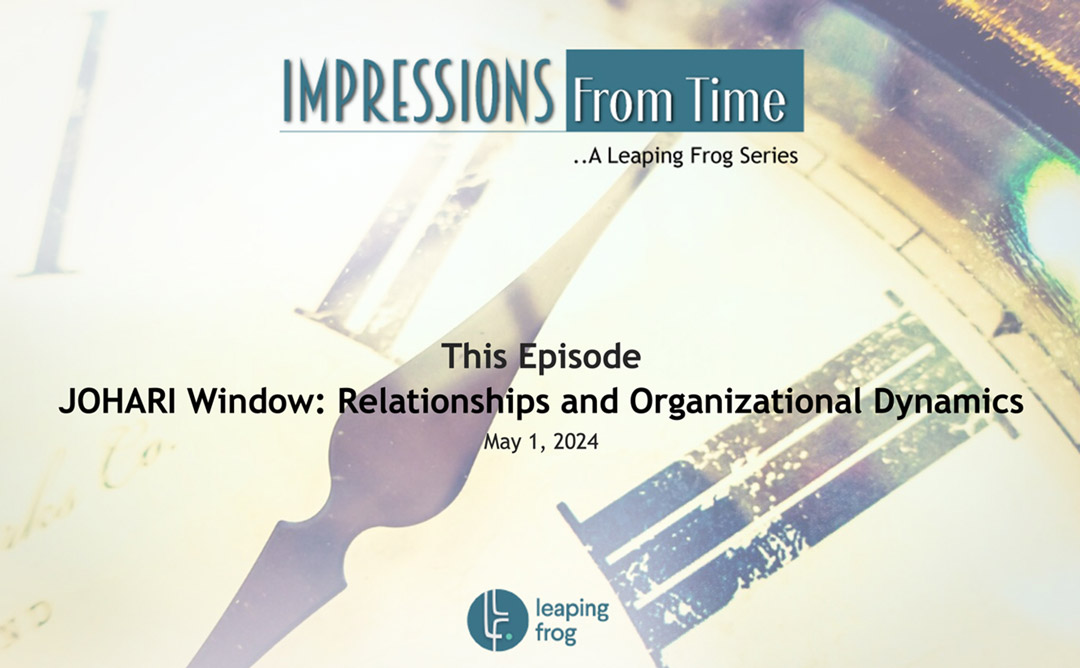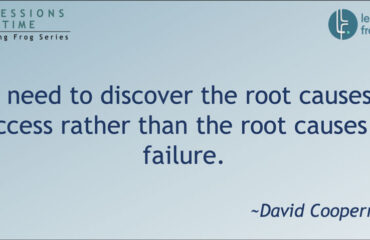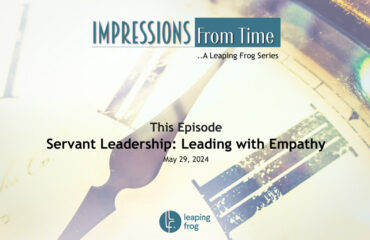
JOHARI Window is a model that has stood the test for the last seven decades as a tool that has remained relevant in interpersonal communication and organisational psychology.
Developed by psychologists Joseph Luft and Harrington Ingham in 1955 (JO from Joseph and HARI from Harrington = JOHARI), the JOHARI Window has emerged as a foundational framework for understanding self-awareness, interpersonal relationships, and organisational dynamics. Over the years, this model has evolved and expanded its reach, becoming a cornerstone in personal development, team building, and organisational effectiveness.
The JOHARI Window is not merely a theoretical construct but a practical tool designed to facilitate self-discovery and enhance communication among individuals. Its development was grounded in extensive research and experimentation, drawing upon principles of Gestalt psychology and interpersonal communication. Luft and Ingham conducted numerous experiments to explore the dynamics of self-disclosure and feedback within interpersonal relationships. Through these experiments, they observed how individuals’ self-awareness and perception of others could be influenced by feedback from others and vice versa.
Experiments
Self-Disclosure and Feedback Sessions: Luft and Ingham organised group sessions where participants were encouraged to share personal information about themselves with others in the group. These self-disclosure sessions allowed participants to reveal aspects of their personality, beliefs, and experiences that were known to them but not necessarily to others. Following the self-disclosure phase, participants engaged in feedback sessions where they provided observations, impressions, and feedback to each other based on the information shared.
Quadrant Sorting Exercise: In one experiment, participants were given a set of adjectives or descriptors representing different personality traits and characteristics. They were then asked to sort these descriptors into the four quadrants of the JOHARI Window based on whether each trait was known to self, known to others, both, or neither. This exercise helped participants visualise and categorise their self-awareness and how others perceived them.
Interpersonal Perception Tasks: Luft and Ingham designed tasks to explore how individuals’ perceptions of themselves and others could be influenced by feedback from others. For example, participants might be asked to rate themselves on various personality dimensions and then receive feedback from peers or observers. They would then reassess their self-perceptions in light of the feedback received, providing insights into the interplay between self-awareness and external feedback.
Observational Studies: In addition to experimental manipulations, Luft and Ingham conducted observational studies of group interactions to examine patterns of self-disclosure, feedback, and interpersonal dynamics in naturalistic settings. By observing how individuals interacted with each other in group settings, they gained insights into self-disclosure and how feedback from others influenced self-awareness and interpersonal relationships.
The model is depicted as a four-quadrant window, each representing a different aspect of information about oneself, known as the Open, Hidden, Blind, and Unknown areas.

Picture Credit: https://fra.animalia-life.club/johari-window
The Open area encompasses information about oneself that is known to the individual and others. This includes characteristics, feelings, and behaviours openly shared and understood within a relationship or group.
The Hidden area comprises information known to the individual but hidden from others, such as private thoughts, fears, or insecurities.
The Blind area consists of information unknown to the individual but known to others. It often represents blind spots or unconscious behaviours that may impact interpersonal interactions.
Finally, the Unknown area represents information unknown to the individual and others, representing untapped potential or undiscovered aspects of oneself.
Over time, the JOHARI Window has undergone various refinements and adaptations to suit different contexts and applications. Scholars and practitioners have expanded upon the original model, incorporating additional dimensions such as cultural factors, power dynamics, and emotional intelligence. Furthermore, the model has been integrated into various therapeutic approaches, leadership development programs, and organisational interventions, demonstrating its versatility and enduring relevance.
In today’s increasingly interconnected and diverse world, the JOHARI Window remains as significant as ever in understanding and navigating interpersonal relationships and organisational dynamics. In the context of organisations, the model offers valuable insights into team dynamics, communication patterns, and leadership effectiveness.
For individuals, the JOHARI Window serves as a roadmap for personal growth and self-improvement. By expanding the Open area through increased self-disclosure and feedback-seeking behaviours, individuals can enhance their self-awareness, build trust and rapport with others, and foster deeper connections within teams and organisations.
In team settings, the JOHARI Window facilitates open and honest communication, fostering a climate of psychological safety and collaboration. By reducing the size of the Hidden and Blind areas through active listening, empathy, and constructive feedback, teams can overcome barriers to effective communication, resolve conflicts, and capitalise on collective strengths.
From a leadership perspective, the JOHARI Window offers valuable insights into leadership styles, communication preferences, and team dynamics. Effective leaders leverage the model to build rapport, inspire trust, and empower their teams to reach their full potential. Leaders can create environments where individuals feel valued, supported, and empowered to contribute their best by cultivating a culture of openness, transparency, and mutual respect.
The JOHARI Window is a significant model for understanding self-awareness, interpersonal relationships, and organisational dynamics. The model offers practical guidance for personal development, team building, and leadership effectiveness by shedding light on the interplay between self-disclosure and feedback. As organisations navigate the complexities of the modern workplace, the JOHARI Window remains indispensable for fostering open communication, building trust, and driving organisational success.
……………………………………………………………………………………………………………………………………
“Impressions From Time” is a curated series from Leaping Frog about stories from the past that have helped shape modern-day practices in the people and organisation domain.
Leaping Frog, a new-age consulting firm, is an enabler and co-creator in enhancing people and organisational effectiveness. We love doing work in the areas of “Driving Organisational Change and Development”, “HR Systems and Talent Strategy”, and “Leadership and Life Coaching”.
Connect and share, for work and more.
Mail: comm@leapingfrog.in
Website: www.leapingfrog.in
Follow Us: https://lnkd.in/d7TQbsia




